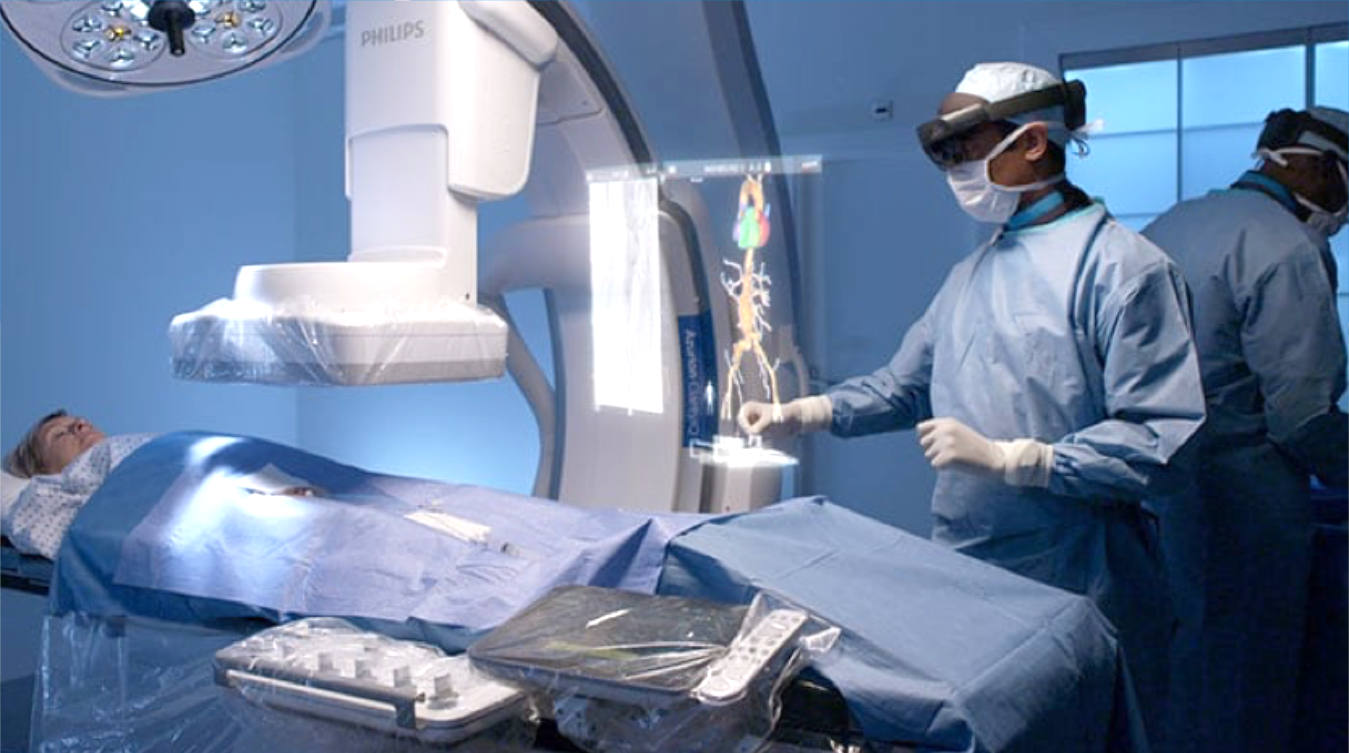Interventional radiology
Interventional radiology (IR) refers to the use of medical imaging techniques as guidance for doctors when they diagnose and treat certain problems related with blood vessels and lymph vessels. Interventional radiology helps to treat a wide range of medical conditions in the body by inserting diverse kinds of small tools, such as catheters or wires, from outside the body. X-ray and medical imaging techniques like fluoroscopy, MRI (magnetic resonance imaging), CT (computed tomography) scan and ultrasound guide the radiologist to understand the exact situation of the patient.
For many conditions, Interventional radiology can be used instead of surgery. In some cases, it can even eliminate the need for hospitalization. Thus, it is more efficient as it reduces cost, recovery time, pain, and risk to patients who otherwise would opt for a traditional open surgery.
Radilearn is an online platform who provides you with a room full of top interventional radiologists across the globe, where you not only get an advanced opinion, but you also get to learn from them. Through Radilearn you get to witness practical cases solved by professional mind.

Some of the procedures performed by an interventional radiologist are:
- Angiography: This is an X-ray of the arteries and veins to find blockage or narrowing of the vessels, as well as other problems.
- Angioplasty: The doctor puts a small balloon-tipped catheter into a blood vessel. Then he or she inflates the balloon to open an area of blockage inside the vessel.
- Gastrostomy tubes: The doctor puts a feeding tube into the stomach if you cannot take food by mouth.
- Intravascular ultrasound: The doctor uses ultrasound to see inside a blood vessel to find problems.
- Stent placement: The doctor places a tiny mesh coil (stent) inside a blood vessel at the site of a blockage. He or she expands the stent to open the blockage.
- Injection of clot-dissolving medicines: The doctor injects clot-dissolving medicines such as tissue plasminogen activator. This medicine dissolves blood clots and increases blood flow to your arms, legs, or organs in your body.
- Catheters insertions: The doctor puts a catheter into a large vein to give chemotherapy medicines, nutrition, or hemodialysis. He or she may also put in a catheter before a bone-marrow transplant.
- Cancer treatment: The doctor gives the cancer medicine directly to the tumor site.
